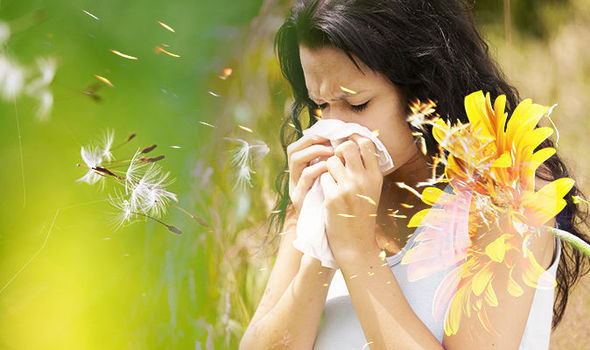
You can watch our video about hayfever by clicking on the video above
If you’re presently suffering from cold-like symptoms, such as a runny nose, itchy eyes, congestion, sneezing and sinus pressure, chances are you’ve actually got hay fever.
Hay fever is caused by an allergic response to outdoor or indoor allergens, such as tree, grass, or weed pollen, dust mites, or tiny flecks of skin and saliva shed by cats, dogs, and other animals with fur or feathers (pet dander).
Hay fever can affect your mood and performance at work or school and generally interfere with your life. But you don't have to put up with annoying symptoms. You can learn to avoid triggers and find the right treatment.
In 2018, more people said they suffered from hay fever than almost any other health condition and the UK is currently tied with Sweden for the most hay fever sufferers with a new report predicting that the UK’s hay fever rates will double by 2030 as temperatures, pollution and urbanisation increase, leading to longer hay fever seasons and worsening symptoms.
The prevalence of hay fever amongst women is slightly higher at 32.8% than that for men - 28.2%. It also appears to be more prevalent among younger people with 36% of 18-44 year olds reporting hay fever symptoms compared to just 23.4% of the over 65s.
Here’s an interesting statistic for dog lovers; almost a fifth of rising antihistamine searches from the past five years were in connection with dogs, suggesting it’s not just us that pain ourselves over the pollen season.
Here are the main symptoms of both:
Hay fever: runny nose with thin, watery discharge; no fever
Cold: Runny nose with watery or thick yellow discharge; body aches; low-grade fever
The good news is that it's sometimes possible to prevent the symptoms of hay fever by taking some basic precautions, such as:
There are also many products available at pharmacies and supermarkets to treat head fever, however, it can be quite daunting when choosing the one that suits you as some can have side-effects, so if you need help or more information on treating hay fever, drop us a message on Facebook, Instagram or Twitter and keep an itchy free eye out for our vlogs and statistics on our social media channels!
The Coda Team.